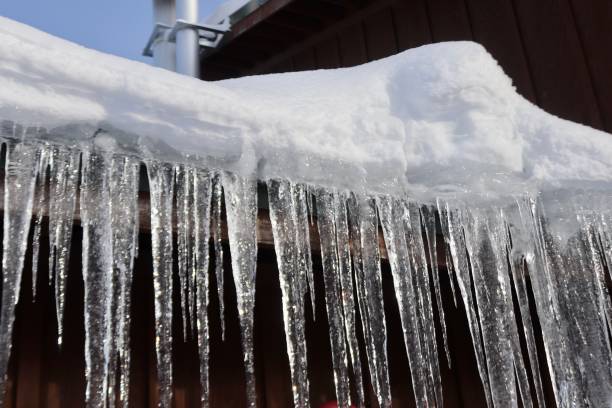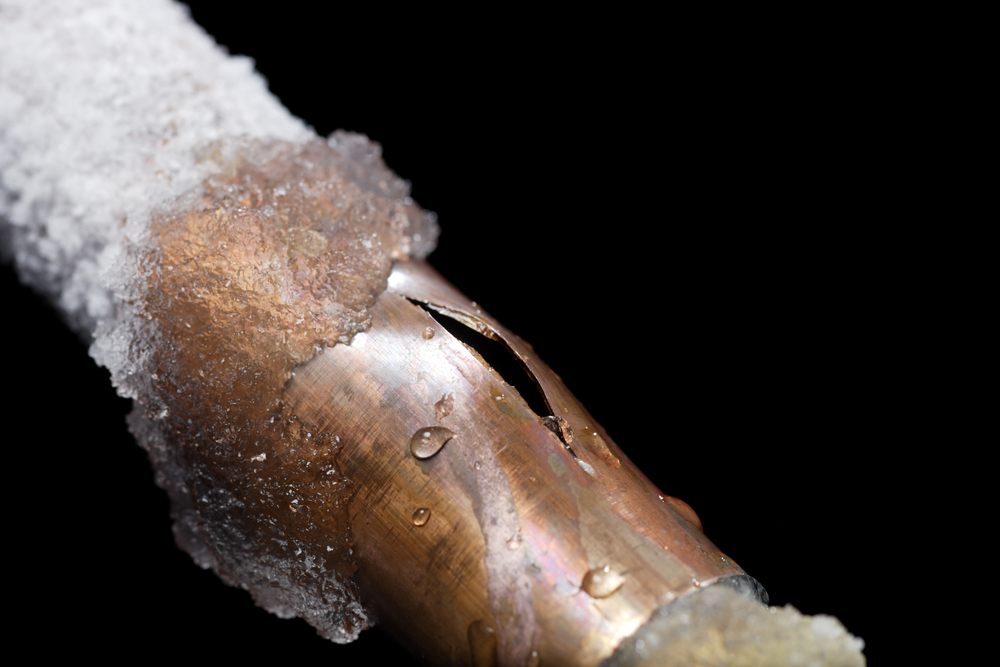Key Approaches for Preventing Frozen Plumbing in Winter
Key Approaches for Preventing Frozen Plumbing in Winter
Blog Article
This great article which follows about Helpful Tips to Prevent Frozen Pipes this Winter is particularly insightful. Read it yourself and decide what you think about it.

Cold weather can damage your pipes, particularly by freezing pipelines. Right here's how to avoid it from happening and what to do if it does.
Intro
As temperature levels drop, the danger of icy pipes boosts, possibly bring about pricey repairs and water damages. Recognizing just how to prevent frozen pipes is important for home owners in chilly environments.
Prevention Tips
Shielding vulnerable pipes
Cover pipes in insulation sleeves or make use of warmth tape to shield them from freezing temperatures. Concentrate on pipelines in unheated or exterior locations of the home.
Heating techniques
Maintain indoor rooms sufficiently warmed, specifically areas with pipes. Open up cupboard doors to enable warm air to flow around pipelines under sinks.
Exactly how to determine icy pipelines
Search for reduced water circulation from faucets, unusual smells or sounds from pipelines, and noticeable frost on exposed pipes.
Long-Term Solutions
Architectural modifications
Think about rerouting pipes away from outside walls or unheated locations. Include additional insulation to attic rooms, cellars, and crawl spaces.
Upgrading insulation
Buy premium insulation for pipelines, attic rooms, and wall surfaces. Appropriate insulation aids keep constant temperatures and minimizes the threat of frozen pipes.
Protecting Outside Pipes
Garden hose pipes and outdoor faucets
Detach and drain pipes garden hose pipes before winter season. Install frost-proof faucets or cover outdoor taps with insulated caps.
Recognizing Frozen Pipes
What triggers pipelines to ice up?
Pipes freeze when subjected to temperature levels listed below 32 ° F (0 ° C) for prolonged periods. As water inside the pipelines freezes, it expands, taxing the pipeline wall surfaces and potentially causing them to rupture.
Risks and problems
Icy pipelines can result in water supply interruptions, residential property damages, and costly repair services. Ruptured pipes can flooding homes and cause substantial structural damages.
Indications of Frozen Pipeline
Identifying icy pipes early can prevent them from breaking.
What to Do If Your Pipes Freeze
Immediate actions to take
If you think icy pipelines, maintain faucets open to relieve stress as the ice melts. Use a hairdryer or towels soaked in warm water to thaw pipelines gradually.
Final thought
Stopping frozen pipelines requires proactive procedures and quick responses. By understanding the causes, indicators, and safety nets, property owners can secure their plumbing during winter.
5 Ways to Prevent Frozen Pipes
Drain Outdoor Faucets and Disconnect Hoses
First, close the shut-off valve that controls the flow of water in the pipe to your outdoor faucet. Then, head outside to disconnect and drain your hose and open the outdoor faucet to allow the water to completely drain out of the line. Turn off the faucet when done. Finally, head back to the shut-off valve and drain the remaining water inside the pipe into a bucket or container. Additionally, if you have a home irrigation system, you should consider hiring an expert to clear the system of water each year.
Insulate Pipes
One of the best and most cost-effective methods for preventing frozen water pipes is to wrap your pipes with insulation. This is especially important for areas in your home that aren’t exposed to heat, such as an attic. We suggest using foam sleeves, which can typically be found at your local hardware store.
Keep Heat Running at 65
Your pipes are located inside your walls, and the temperature there is much colder than the rest of the house. To prevent your pipes from freezing, The Insurance Information Institute suggests that you keep your home heated to at least 65 degrees, even when traveling. You may want to invest in smart devices that can keep an eye on the temperature in your home while you’re away.
Leave Water Dripping
Moving water — even a small trickle — can prevent ice from forming inside your pipes. When freezing temps are imminent, start a drip of water from all faucets that serve exposed pipes. Leaving a few faucets running will also help relieve pressure inside the pipes and help prevent a rupture if the water inside freezes.
Open Cupboard Doors
Warm your kitchen and bathroom pipes by opening cupboards and vanities. You should also leave your interior doors ajar to help warm air circulate evenly throughout your home.

As a serious reader on 6 Ways to Prevent Frozen Pipes, I assumed sharing that excerpt was a great idea. Do you know about someone else who is fascinated by Prevent Frozen Pipes ? Take a moment to promote it. Kudos for your time. Revisit us soon.
Set Up An Appointment Report this page